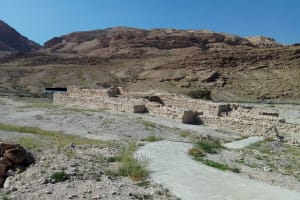Exploring Goliath's city: Archaeologists shine new light on Philistine religious rituals
Recent botanical discoveries illuminate connections to Greek religion

Recent archaeological research and new discoveries at the ancient Philistine city of Gath have greatly enhanced scholars' understanding of Philistine religion, beliefs, and culture.
During a recent digging operation within the temple precincts of the lower city of Gath, a group from Bar-Ilan University, under the guidance of Professors Aren Maeir (archaeology) and Ehud Weiss (expert in archaeobotany), has managed to research and restore the flora associated with Philistine ceremonial practices.
What do we know about the Philistines through archaeology and the text of the Bible?
Compared to other ancient cultures, the Philistine culture is relatively well-known to modern scholars. Today, the modern Israeli city of Ashdod houses the Museum of Philistine Culture, which boasts a stunning archaeological collection closely tied to the biblical narrative.
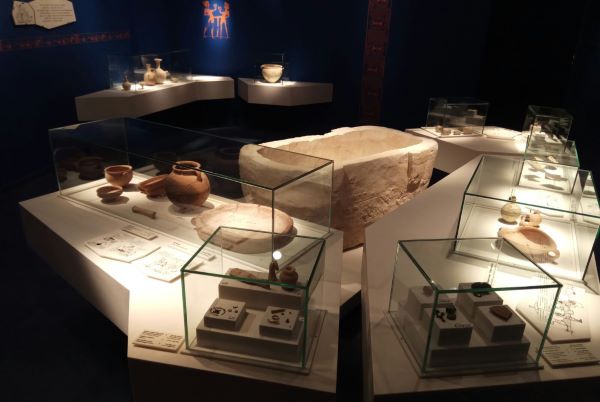
Distinguishing Philistine archaeological sites from those of the Canaanites and Israelites is relatively straightforward. Pigs' bones are ubiquitous, pottery styles differ distinctly, and the names inscribed in epigraphy are non-local, especially in the early stages of their presence in the Levant.
Furthermore, modern archaeologists can now distinguish Philistine ancient DNA from that of other ancient peoples in the region.
Indeed, ancient Egyptian inscriptions (the north wall of Medinet Habu for example) refer to them as the "people of the sea," while the Bible mentions their origins from "Caphtor" (Deuteronomy 2:33, Jeremiah 47:4, and Amos 9:7), widely interpreted today as Greece, Cyprus, and Crete.
The appearance of these new people during the Iron Age (1200 – 600 B.C.) in the ancient Middle East may be linked to the collapse of the well-known Bronze Age civilizations, particularly those affecting the Mycenaean culture, resulting in migrations across the Mediterranean from Sardinia to the Levant.
As indicated in the Book of Joshua 13:3, five main ancient sites associated with the ancient Philistines are also identified today in the archaeology of the Holy Land: Gaza, Ashkelon, Ashdod, Gath (Tell Es-Safi) and Ekron.
These were likely the most powerful cities, surrounded by smaller independent cities, such as Tell-Qasile near modern Tel Aviv. While their expansion primarily occurred along the seashore of modern Israel, their influence extended further, reaching the Jezreel Valley and beyond.
They likely intermingled with the local Canaanite population at some point after their arrival. This cultural blending is evident in pottery designs, which display a clear Canaanite influence in later periods following the initial Philistine presence.
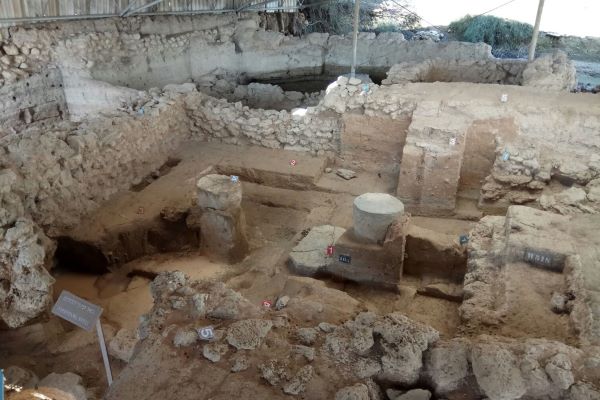
One of these cities was of special importance: The ancient city of Gath/Tell Es-Safi (or "Gath-Pelishtim" in Hebrew), which is famously associated with the giant Goliath (1 Samuel 17:4). King David came to Gath, the city of the King Akish, and pretended there to be insane (1 Samuel 21:10-15).
Obed Edom, who also came from Gath, likely indicates there were Philistines who joined King David at some stage (2 Samuel 6:10-11). Gath was a powerful city with a large population and agriculture.
Gath means 'wine press' or a press. The locals may have grown many vineyards or olives for oil in this area. Excavations over several years have revealed Gath as a significant Philistine urban center during the Iron Age.
Archaeologists previously uncovered a deep siege trench encircling the city, dating back to the 9th century B.C. This likely corresponds to the city's conquest by Hazael, the king of Aram-Damascus, as mentioned in 2 Kings 12:17.
Remarkably, this is the only Aramean siege system ever discovered in archaeology. Gath remained a significant city from the early Philistine period until its conquest and destruction by the Arameans in the 9th century B.C.
Dr. Suembikya Frumin was deeply involved in the current research about the use of the plants and seeds found in the temple area of Gath for religious, cultural, and spiritual purposes in the Philistine culture. Within the excavated temple area of Gath, in addition to the plant and seed remains, offerings such as pottery and marine mollusk items have been discovered.
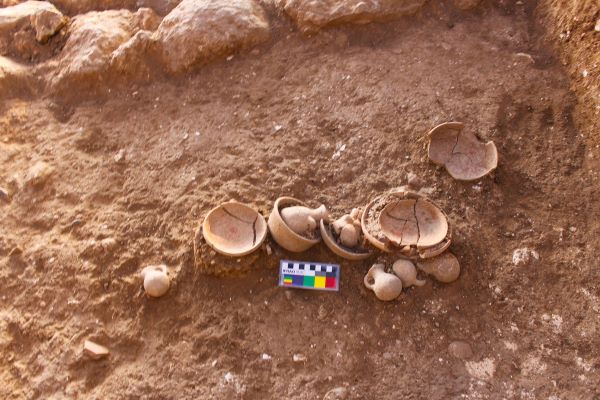
Although numerous facets of Philistine culture are thoroughly recorded, details regarding their religious customs and gods have often been obscure. Frumin et al.'s research, published in Scientific Reports, offers significant fresh insights into Philistine ritual activities.
The study revealed that the Philistine religion was tied to the magic realm and powers of nature and was related to ancient Greek deities. Prof. Ehud Weiss stated that through the current research, the team was able to understand strong connections between Philistine culture and broader Mediterranean religious traditions, and parallels with the Aegean ceremonial practices.
The plants discovered were the lilac chaste tree (Vitex agnus-castus), crown daisy (Glebionis coronaria), and silvery scabious (Lomelosia argentea), all connected to ancient Greek religious botanical symbolism and use.
Loom weights found in the temples provide evidence of a connection or a similarity in the Philistine cult to the worship of the ancient Mycenaean-Greek goddess Hera.
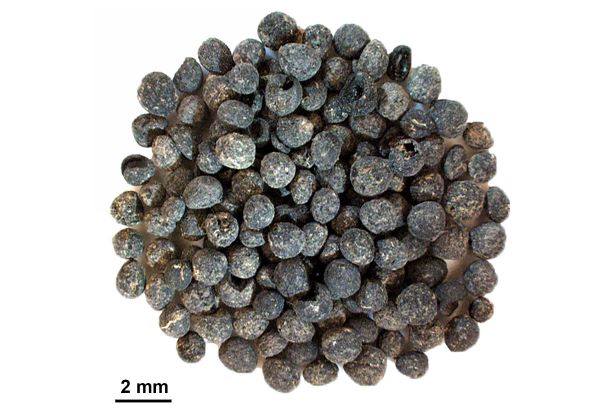
To summarize: All of this information aligns perfectly with the biblical narrative, indicating the presence of the Philistines in the ancient Israel/Canaan region and their origin in the area of ancient Greece ("Caphtor").
The research mentioned above sheds light on the Aegean/Greek magical and pagan aspects of the Philistine religion during the Iron Age, which starkly contrasts with the monotheistic beliefs of the Israelites and differs significantly from the local Canaanite pagan worship centered around other gods and Middle Eastern mythology.

The All Israel News Staff is a team of journalists in Israel.
You might also like to read this:


